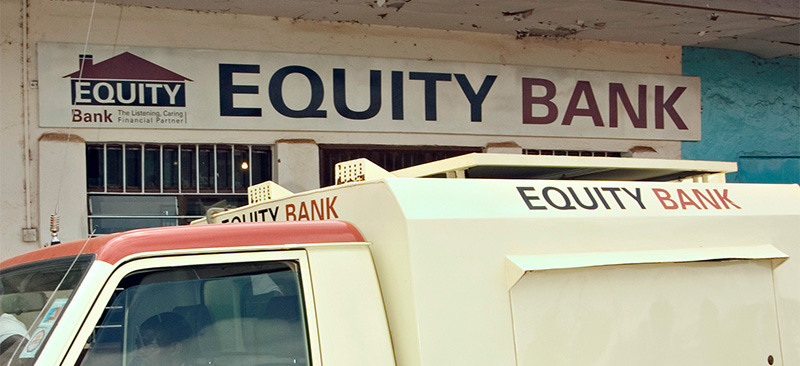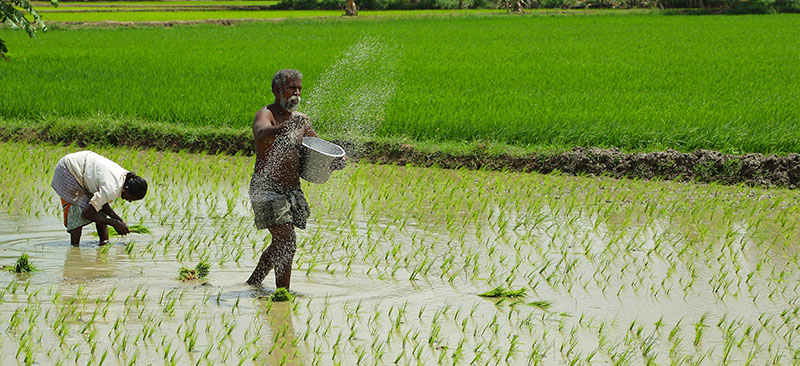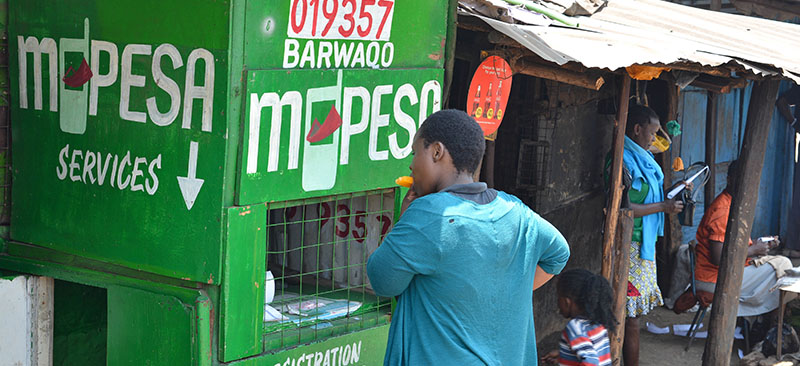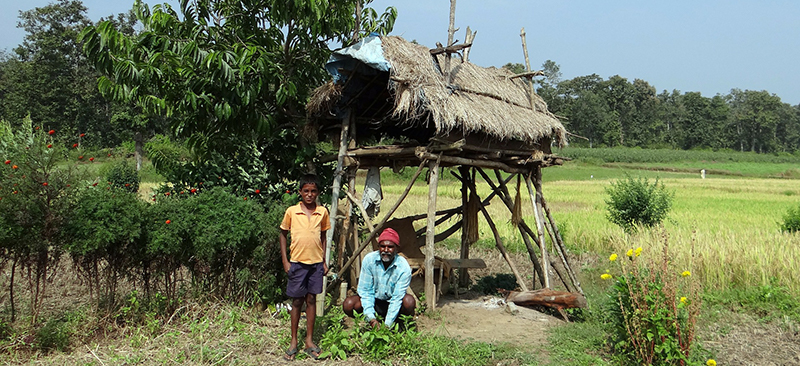
MSC was contracted to work on a key component of a pro-poor tourism development project of the Department of Tourism, Government of Uttar Pradesh—the largest state in India. The project amounted to USD 57 million and was funded by the World Bank Group.
MSC’s role was to identify and develop roadmaps for select creative industries in three regions of the state that have a large tourist footfall—Agra, Braj region, and the Buddhist Circuit. The rest of the project revolved around providing ecosystem services to these creative industries. This was a unique research where MSC covered multiple aspects—livelihood, tourism, gender, and youth.
MSC’s mixed-method research mapped and assessed all possible creative industries that either are, or can become, a source of livelihood for the low-income population in these regions. We used the insights from the mapping and assessments to create intervention roadmaps for the creative industries that have the strongest synergies with the tourism market.
The output of our work directly feeds into the next stage of implementation of a proposed USD 10 million program.

In 2002, MSC had trained 10 of what was then Equity Building Society’s staff on its Market Insights for Innovation and Design (MI4ID) tools. This team worked with MSC to re-engineer Equity to be a market-led institution. Together, we overhauled the organization’s product suite, tested marketing campaigns prior to launch, and worked to understand clients’ needs, aspirations, and perceptions of customer service. As Equity Building Society transformed into Equity Bank, the same team worked with MSC to assess the perception of the existing brand to refine it for the new bank.
In 2010, as Equity Bank began its journey to transform digitally, it asked MSC to train a new research cell comprising 12 staff. This cell then worked with MSC to develop a range of digital savings products, optimize communications, and assess customer experiences at agent outlets. The team also worked to optimize Equity Bank’s product suite and customer experience for its expansion into five adjacent countries—Uganda, Tanzania, Rwanda, Southern Sudan, and The Democratic Republic of the Congo.
Equity’s CEO, Dr. James Mwangi has credited MSC’s MI4ID-based, market-led approach as being the key differentiator that allowed Equity’s phenomenal growth. Over the years, Equity has transformed from an organization that struggled to serve 109,000 customers to a regional bank that serves over 12 million customers.

Soil Health Cards (SHC) had been a key component of pilots on the Direct Benefit Transfer (DBT) or Aadhaar-enabled Fertiliser Distribution System (AEFDS) pilots across India. The Indian government had entrusted MSC to support and scale up the pilots from the start. SHCs inform farmers about the appropriate use of fertilizer and nutrients for crops. The use of SHC was supposed to influence the decision of the farmers while buying fertilizer. We discovered that farmers were not at all influenced by SHC while buying fertilizers, as they were either not aware of it or did not find it useful.
MSC conducted a human-centered design-based research to understand the factors that influenced farmers when they applied fertilizers to their fields and their perceptions about SHC. The research explored channels to inform farmers about SHC and identified the nudges that change farmers’ behavior. We used the insights derived from the research to design an outreach campaign that the district authorities used to increase the uptake and usage of SHC among farmers.
A leading advertising agency, Ogilvy & Mather (O&M) used our insights to design the campaign, comprising informative radio jingles and posters. This was test launched in Krishna district of Andhra Pradesh. MSC’s interventions led to farmers using SHCs actively in Krishna district—at the time of writing, this was the only district in the country to do so.

Safaricom’s M-PESA is one of the world’s most successful mobile money providers. It was designed and developed in Kenya through matching investments from Vodafone (UK) and the UK’s Department for International Development (DFID). The partnership involved a number of partnering organizations, including project managers and technology and payment experts sourced by Vodafone (UK), Consult Hyperion, and Safaricom. Commercial Bank of Africa managed the escrow account, while FSD-Kenya represented DFID. MSC’s role involved conducting market research and pilot test reviews, testing user interfaces and user experience, and developing material for agent training. Faulu Kenya, a microfinance institution, participated in the pilot test.
During the pilot test, the MSC team ascertained that the principle use-case for the M-PESA solution was not as a payment vehicle for microfinance clients, but as a person-to-person payments platform. MSC helped launched the solution with 300 agents with a promise to “send money home”—a specific need in Kenya related to the prevalence of split families. Most families in the country have sons and daughters working in the city, while the retired parents live in villages.
MSC’s work alongside the Safaricom pilot test team was instrumental in ensuring that M-PESA could launch successfully with minimal issues and ensure that it could go to scale rapidly. MSC’s extensive work on user experience meant that even new users could adapt to the platform with minimal instruction. Today, M-PESA is the leading mobile money platform in the world with 20 million users in Kenya.

MSC partnered with HDFC Bank to broaden and deepen its large and growing portfolio of rural and agri-business loans. In addition, the bank sought greater outreach to the bottom-of-the-pyramid markets.
MSC supported the bank through a range of interventions. These started with the design, development, and implementation of a below-the-line (BTL) communication and marketing strategies for rural and agri-banking. The MSC team then designed BTL marketing collaterals that covered visual aids, signage, and point-of-sale material for HDFC agency points to communicate key messages tailored to the target segments. We also developed a mobile-van campaign for rural coverage. MSC and HDFC Bank teams and agents jointly executed marketing campaigns in select districts of Uttar Pradesh in India.
By 2018, 53% of the branch and agent network of HDFC Bank was semi-urban or rural. HDFC Bank had introduced several products for the rural segments, such as agri-loans, cattle loans, tractor loans, Kisan (farmer) credit cards, small working capital loans, and small savings and micro-insurance products. These were exhibiting rapid year-on-year growth, while 83% of the retail customer transactions occurred through Internet or mobile banking and only 8% through branches.

Michael & Susan Dell Foundation commissioned MSC to support Maitreya, a nascent non-banking financial company that focuses exclusively on microenterprise lending in India. MSC worked to help Maitreya refine and grow its microenterprise-lending product, and developed a product marketing and financial literacy tool. This tool would not only attract customers but also ensure brand engagement and develop Maitreya’s financial capability.
MSC created a story around a character with whom micro-entrepreneurs can relate to—Amol. Like other micro-entrepreneurs, Amol did not fully understand the sources of credit, the importance of credit score, and managing business records. We ensured that the story of Amol was available on the media of choice for Maitreya customers to allow them to engage at their own convenience. These media included platforms, such as YouTube, WhatsApp, Maitreya customer mobile app, the Maitreya website, and the smartphones of Maitreya field staff.
MSC also built systems so that the tools lead to real behavior change. We developed aids to check progress on financial capability development, distributed Maitreya-branded collaterals, such as cashbooks to encourage customers to develop a habit of maintaining business records, and integrated product market and financial capability with a regular loan monitoring process to ensure positive reinforcement of the message. We conducted training sessions with the management as well as field staff on the use of the tool. The tool helped Maitreya develop brand recognition among the target communities—which was critical in a market dominated by large, established brands. The tool is now widely used and available to all the Maitreya customers.





